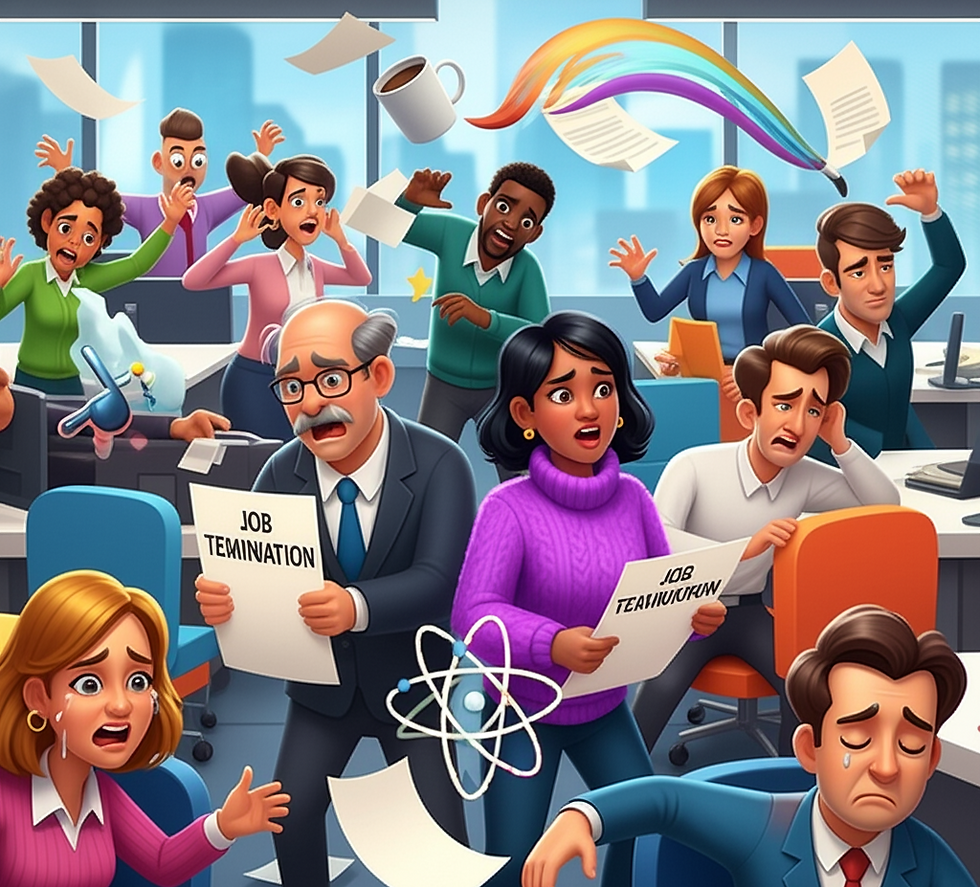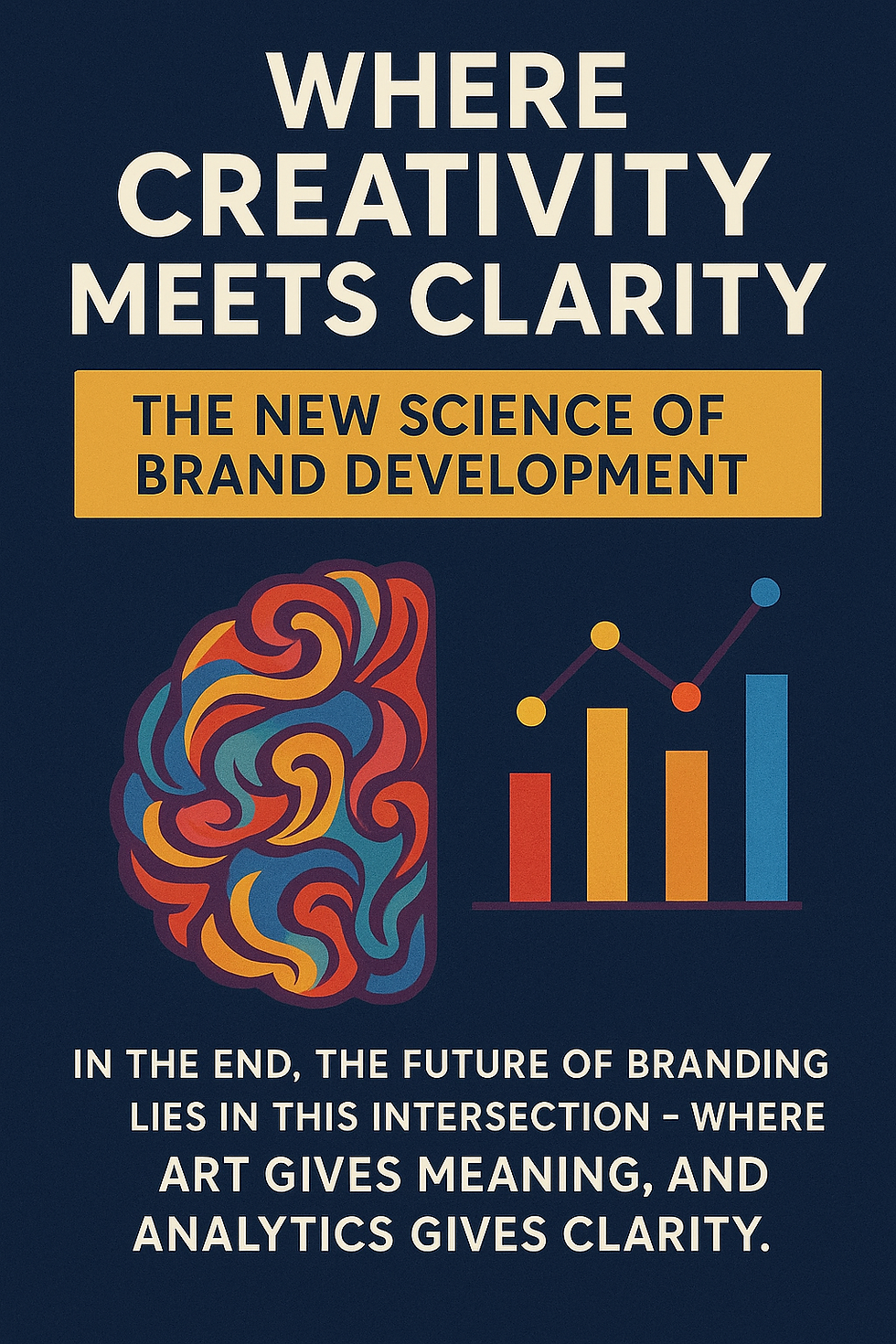🎭 Why STEM Alone No Longer Guarantees Jobs: The Rise of STEAM in a Changing World
- Uttam Sharma
- Jun 6
- 2 min read

📉 The STEM Employment Shift: What the Data Says
For years, students across the world pursued STEM degrees—in Science, Technology, Engineering, and Mathematics—with the promise of job security and high income. But as of 2025, that promise is cracking.
According to the Federal Reserve Bank of New York, unemployment rates for U.S. STEM graduates rose to:
7.5% for Computer Engineering
6.1% for Computer Science
Meanwhile, liberal arts and social science graduates are finding better employment thanks to their creative and communication skillsets.
🎨 Why “A” in STEAM Is Changing the Game
The traditional STEM model is evolving into STEAM—adding Arts to the mix.
Why?
Because employers now want:
Problem solvers who can think ethically
Engineers who can communicate ideas clearly
Coders who understand user behavior and design
STEM teaches you how to build.STEAM teaches you why to build, for whom, and with what impact.
📊 STEM vs. STEAM: A Global Employment Comparison
Indicator | 2015 | 2020 | 2025 (Projected) |
STEM Job Security (US) | High | Stable | Declining |
Liberal Arts Job Growth | Moderate | Rising | 21% |
Employers Prioritizing Human Skills | 71% | 78% | 87% |
Interdisciplinary Course Enrollments | ~5M | ~9.2M | ~12.5M |
*Sources: World Economic Forum, Fed Reserve, NACE
STEM in India: Quantity ≠ Quality
India produces 1.5 million STEM graduates annually—the highest in the world. Yet:
Over 60% of engineering graduates are unemployed or underemployed (AICTE)
Only 45.8% are considered employable (India Skills Report 2023)
This STEM saturation in India, paired with outdated curricula and lack of interdisciplinary skills, is leading to mass underemployment.
🚨 Why India Must Pay Attention to the US STEM Crisis
India follows U.S. education and employment trends with a 3–5 year lag. If pure STEM jobs are declining in the U.S., India must act now to:
Redesign higher education
Integrate creativity and communication training into STEM programs
Prepare graduates for AI-age jobs that machines can’t replace
🛠️ Examples of STEAM Innovation in India
Madhya Pradesh’s STEAM curriculum rollout in public schools
Vaayusastra Aerospace using theatre to teach aeronautics
Flintobox building early childhood STEAM learning kits
NEP 2020 supporting holistic, interdisciplinary learning
These initiatives show India is starting to evolve from traditional STEM education to STEAM thinking—but scale and urgency are needed.
🚀 Future of Jobs: STEM Plus Human Insight
Hiring managers now look for:
Design thinking
Cultural intelligence
Emotional reasoning
A pure STEM degree, while essential, is no longer sufficient. The STEAM framework equips students with both technical mastery and soft power—exactly what’s needed in an AI-driven, global economy.
🔚 Final Word: India’s Time to Transform STEM
This is India’s chance to:
Shift from rote learning to real-world problem-solving
Go beyond coding to cultivate creative leadership
Prepare youth not just for jobs, but for entrepreneurship and innovation
STEM was the beginning.STEAM is the future.
📚 References
TOI – STEM to STEAM Shift
India Skills Report 2023
NEP 2020
World Economic Forum – Future of Jobs Report



Comments